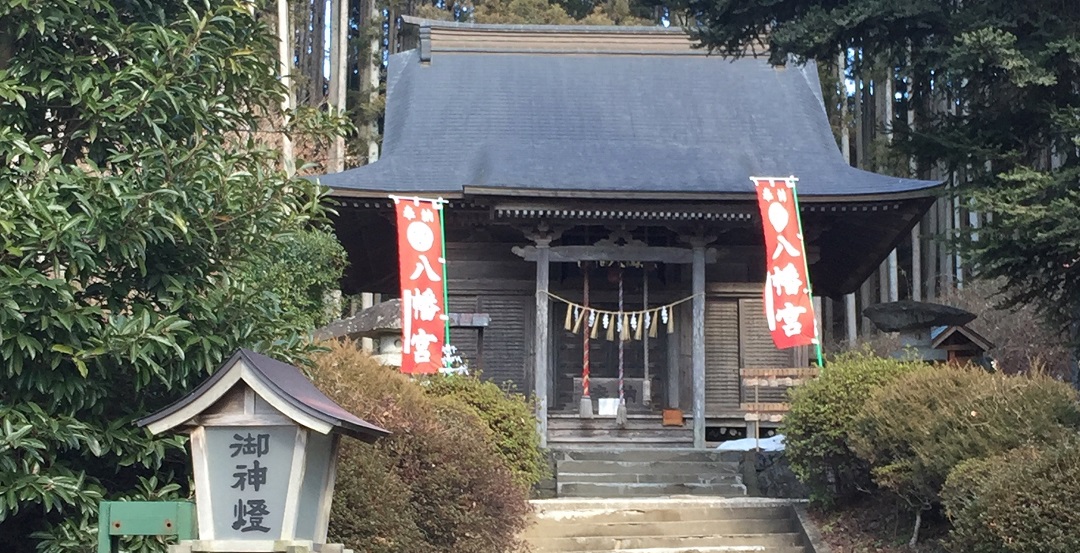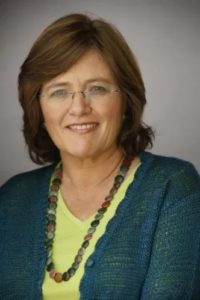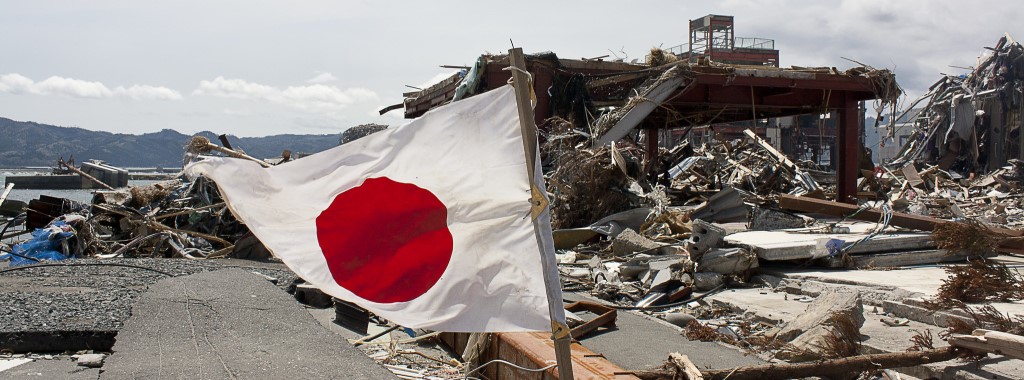A Shinto shrine in the Japanese coastal town of Minamisanriku has been the center of its community for centuries. In 1960, a tsunami generated by the great Chilean M9.5 earthquake swept into the ocean bay and damaged the shrine. The priest’s house situated at a higher elevation than the shrine had been spared any damage. The community came together and not only repaired the shrine but moved it up the hill, 50 feet above its previous location, to protect it from future events.
(Feature Photo by Daniel Pierce: Stand Tall Japan 2)
In 2011, the worst tsunami ever to hit Japan rolled through after the M9.0 Great East Japan earthquake. The priestess who lived at this shrine had left her toddler son with her mother to visit a new shopping center higher up the valley. Safe above the tsunami’s reach, she was trapped, unable to go home for three days, unable to find out what had happened to her baby. When she finally made it back, she found her home completely gone but the shrine untouched and her son and mother safe, having taken refuge in the shrine before the waters came. The mitigation carried out by a dedicated community five decades earlier saved the cultural center — and her child’s life.

Mitigation works. It saves lives. Los Angeles mandated the retrofitting of unreinforced masonry buildings in 1981. By the time the Northridge earthquake struck in 1994, all of these historically deadly buildings had already been retrofitted or torn down — and for the first time in California history, none of the deaths in an earthquake occurred in a brick building.
Mitigation saves money. The newest study by the National Institute of Building Sciences shows that every dollar spent on mitigation is paid back sixfold. Some particular mitigation measures, such as strengthening buildings with soft first stories, have a much higher return.
And at a deeper level, mitigation saves communities. When we look at major disasters, we can see that what is most at risk is the health of our communities. Deaths are actually rare; the 57 deaths attributed to the Northridge earthquake are matched every week by the traffic deaths in California. But the damage to buildings and infrastructure makes it difficult to continue living in the affected region, and many people give up and leave. About 1,800 people died in Hurricane Katrina but more than 200,000 people moved away. Some neighborhoods are recovering but many are abandoned, and the population of New Orleans is still 100,000 below its pre-Katrina level.
I want to do more than just survive the next earthquake or hurricane. I want a home and a community that I can come back to, a place where my life can continue and rebuild. I want a resilient community that can bounce back. But how do we get there?
Resilient communities are communities that work together, especially in two important ways:
- Preventing damage so we have less to recover from
- Communicating and planning before an event about how we will help each other after the disaster to recover more quickly

Preventing damage has been the most cost-effective approach, even though it requires spending money now to prevent future losses. The methodology to determine the return on a mitigation investment includes a “discounted cost of money,” which means accounting for the cost of not having the money to invest in other things now.
Many communities are coming to realize the shared value of mitigation and requiring more retrofitting of buildings identified as dangerous. In southern California, Los Angeles led the way by mandating retrofits of two types of bad buildings — “soft-first-story” buildings where large openings in the first floor create weakness, and “non-ductile concrete” buildings. Since then, over half a dozen other cities have followed suit and many more are examining options. These efforts are aimed at strengthening the buildings that we know will kill people when the eventual earthquake finally hits.
But just keeping people alive is not creating a resilient community. We need homes and offices that we can return to after the disaster. The value of a building that isn’t damaged in a disaster is much more than the value of the building and the cost to repair it. An undamaged building means tenants who did not get injured and don’t have to pay medical bills. It means maintaining housing for the residents and not increasing the homelessness problem. It means businesses that can stay open and a local economy that stays active. It means neighbors who don’t have to leave their own (undamaged) building because of the risk that the building could collapse later. It means neighborhood property values not becoming depressed because of the blight of unrepaired buildings.
Our building codes have traditionally focused on keeping buildings from killing people (a good goal!), but have considered the risk of financial losses as a choice to be made by the owner. As we’ve come to realize how much individual economic choices can affect the larger community, many people are discussing whether we need to go further. Making a building 50% stronger does not make the building 50% more expensive. Experience with constructing emergency services buildings that are required to be stronger suggests the increased cost is much smaller, in the ballpark of 1%. The aforementioned National Institute of Building Sciences study shows that building stronger in the first place is even more cost-effective and saves money in the long run in the many states with significant earthquake risk.
The best mitigation programs combine strengthening buildings with improvements to infrastructure. We are not protecting our businesses if they have a sound building but still cannot get back to work because of a lack of power, water or sewer.
Like the residents of Minamisanriku who protected their shrine from tsunamis in the 1960s, we can take proactive measures to ensure that our valuable shared resources survive and thrive through whatever nature has in store for us.
The Dr. Lucy Jones Center for Science and Society was founded in 2016 by Dr. Lucy Jones after more than three decades of public service as a seismologist with the US Geological Survey. The Center’s mission is to activate the use of science in the creation of more resilient communities by working with scientists, policymakers, and business and civic leaders.





